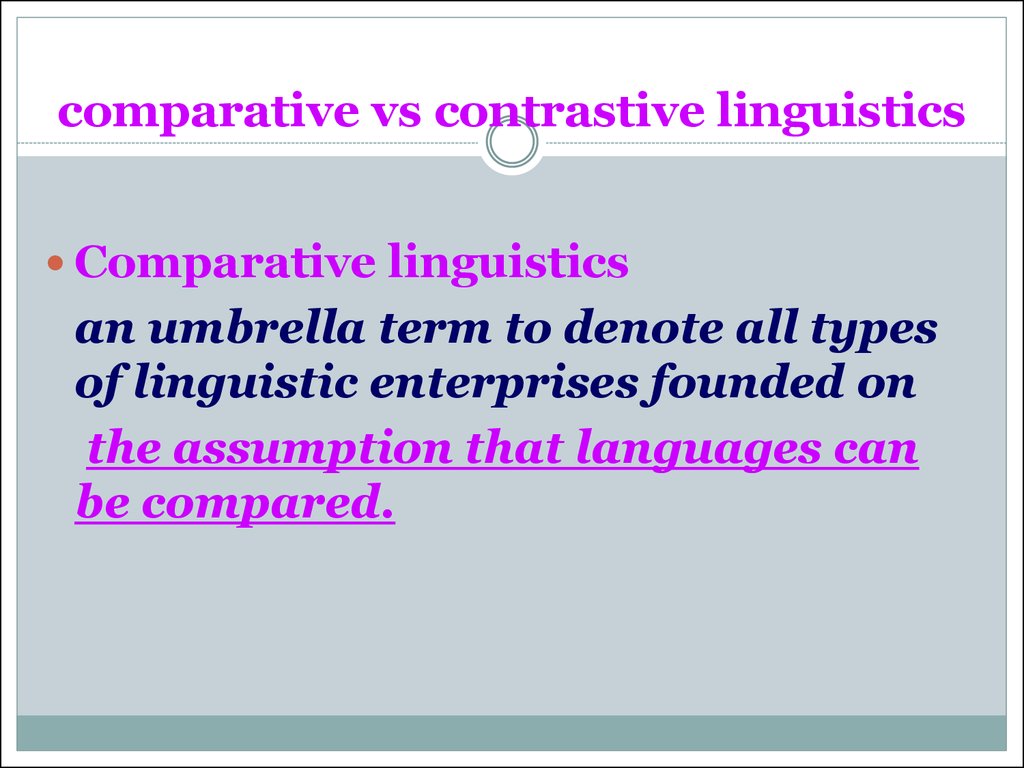

English word order can shift in certain sentences, even. Classifications for languages have changed over time, and some languages can use more than one word order pretty interchangeably. In “I came, I saw and I conquered,” you have “came,” “saw” and “conquered.” The Seven Word Ordersīelow, we’ll show you the seven word orders, roughly what percentage of languages use them, what they would look like in English and a few languages that use them.Īnd before we begin, a quick disclaimer that while word order can seem simple, it is actually a pretty murky linguistic topic. In “I saw Sam,” the verb is “saw.” There can be more than one verb per sentence. The verb is the action word in the sentence. This is probably the simplest of the parts. In the sentence “I gave Sam a present,” the direct object is “a present” because it’s the thing being given, and the indirect object is “Sam” because the present is for him. The direct object is the person, place or thing that the action is being done to, and the indirect object is the person, place or thing the action is being done for. While this isn’t important for word order more generally, we’ll briefly mention that there are direct objects and indirect objects. You can just say “I walked,” where there’s no object at all. Unlike the other two parts of word order, a sentence doesn’t require an object. In “I saw Sam,” the object is “Sam.” At its simplest, the object is the noun that appears after the verb. The object is the noun to which the action is being done. In “I saw Sam, and Jake waved,” both “I” and “Jake” are subjects because they are part of separate clauses. In “I saw Sam,” the subject is “I.” In “Italy is beautiful,” the subject is “Italy.” In “Mike and Sarah went to the movies,” the subject is “Mike and Sarah.” There can also be multiple subjects in a sentence. In English, the subject is the noun or noun phrase that appears before the verb.

The subject is the person, place or thing that’s performing an action. If you need to know more about these components, though, you might need to brush up on the parts of speech. Sentences can certainly be more complicated, with prepositional phrases, adjectives, adverbs and more, but it’s these three parts that decide word order. The Parts Of Word OrderĪ sentence, at its most basic level, has three parts: the subject, the object and the verb. When you’re learning a new language, it might be a good idea to check which order it uses so you’ll be ready from the beginning. Here, we’ll give you an overview of all seven possible word orders and the basics of how they work. It’s one of the biggest reasons that translating a sentence word-by-word doesn’t work: if the word order in a language is different, the whole sentence needs to be restructured. But if you were to translate this sentence into another language, the word order would need to change to fit the norms. The words “I saw Sam” can’t be rearranged as “I Sam saw,” “Saw Sam I” or any other configuration without either changing the meaning or descending into gibberish. Word order, as the name implies, is how words are arranged in a sentence.


 0 kommentar(er)
0 kommentar(er)
